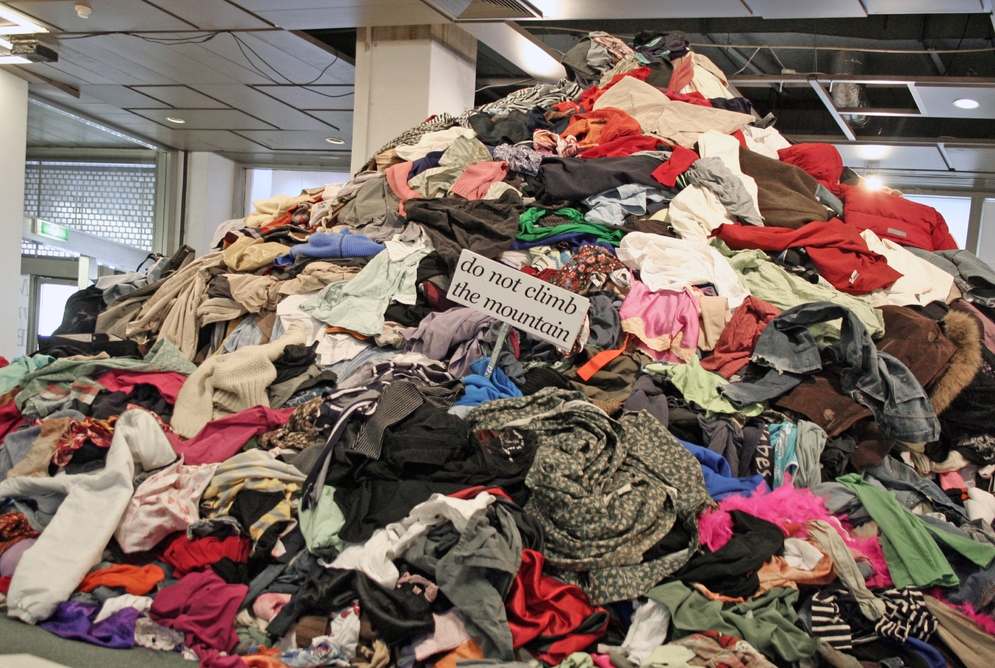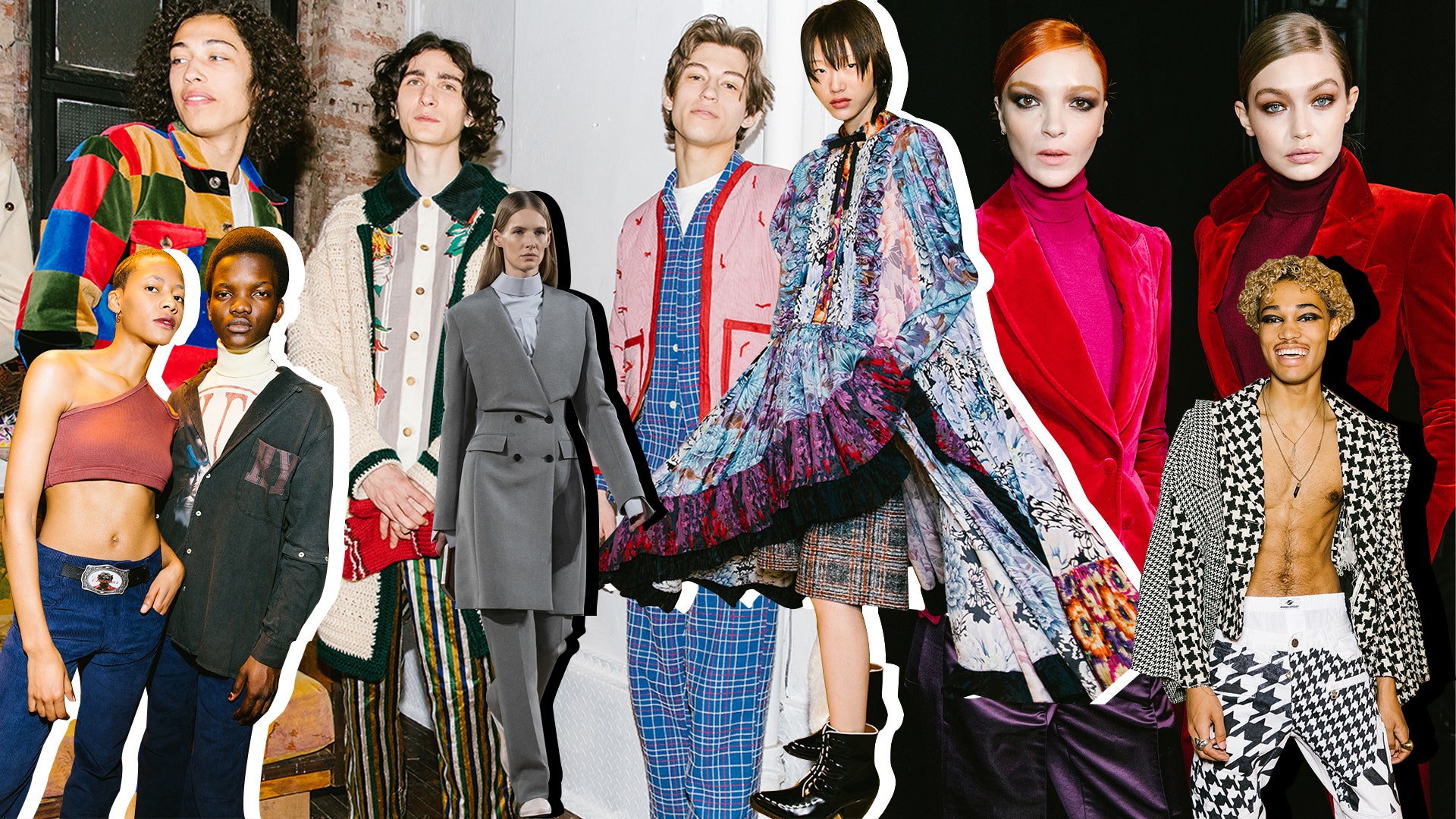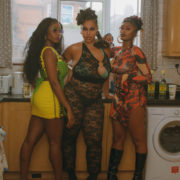The 70/30 Wardrobe Rule: You’ll Always Have Something To Wear

Getting dressed is likely the first thing you do each morning. It’s also likely that the first thing you say as you stare at the clothes bursting out your wardrobe is “I have nothing to wear”. We go shopping, we buy items with beautiful colours, prints and shapes to introduce some excitement into our wardrobes – then we barely wear any of it.
Many people who own an overload of unworn clothes have turned to capsule wardrobes to give them minimal clothing items and simultaneously maximum outfit options. For many fashion lovers and obsessive shoppers though, the capsule wardrobe is simply unrealistic. But by applying some of the capsule wardrobe logic, we can build more versatile wardrobes and save some money by really knowing what we want to wear.
The main issue with many people’s wardrobes is that their ‘basics – statements’ ratio is way off – “what does that mean?!” we hear you cry. Michael Kors explained it best in a 2014 tweet:
“If 70% of your wardrobe is meat and potatoes aka basics, the other 30% is the desert – full-on sparkle and shine, indulgent glamour – xxM.K.”
Basically, your closet should be 70% classic and functional pieces and the remaining 30% are your trendy and fun pieces. The 70/30 rule is hailed as capsule wardrobe law and applying it to the average wardrobe can go miles in creating pure outfit perfection.
The purpose of the rule is to help build a fashionable yet fully functional wardrobe that will stay in-style and help you create outfits that work from season to season. By creating the optimal wardrobe, you remove the stress of getting ready while also saving money. With a good chunk of your wardrobe being bulked up with basic, staple pieces, you’ll find you spend less on trends and pieces you know you won’t get enough wear out of because you’ll fully understand your personal style.
The 70/30 rule stresses the importance of curating a wardrobe that plays to your personal style. The basic pieces you own will be clothes you wear on a regular basis; pieces that suit your lifestyle, items that you know look good, silhouettes that make you feel good.
Unfortunately, there is no list to be offered up showing exactly what basics you specifically need. With personal style, no one but you can say what your staples are. Still, we can draw a vague map and attempt to guide you along your way to stress free outfit building.

Your basics are your staple wardrobe pieces. These will look different to everyone depending on what their personal style is but the idea is that these pieces anchor your wardrobe. They will allow the fancier clothing you own to take centre stage without being too intimidating or completely knocking you out.
The tip-top rule for your basics is that they should be good quality (this doesn’t mean they have to be expensive). These will be the pieces you wear the most often, and when you have a good sense of your personal style, your basics will, in theory, last you forever – they won’t last you forever if they’re poorly made and fall apart.
Building up wardrobe staples, untouched by the influence of trends, will keep you from feeling like you have nothing to wear when those trends are, inevitably, out of style. You still have space in your closet for trendy pieces, but your basics are timeless. Maybe for you it’s 80% basics – 20% statements or 60% – 40%, but the general rule is more basics than trendy gear.
So how do we identify where we’re going wrong? Many people have ‘too much fluff’ and not enough substance. We need to identify our basics and our statements to begin to weed out items we maybe don’t need so many of.
A good first step is to stop buying things – way easier said than done – until you truly know what you need. If you have the self control and can hold off on purchasing, you can get a real sense for which pieces you wear often, how you wear them, and which pieces you love wearing the most. By identifying what pieces you gravitate towards most often, and which pieces highlight or work with each other the best, you can begin to separate your basics from your statements.
Another great practice is to take pictures of your daily outfits. These don’t need to be posted but sharing the photos could be great #ootd content and will give you second opinions on outfits you’re not 100% sure on. Looking back at your outfit photos will let you see which silhouettes, colours, prints and styles you wear most often.
After a couple weeks with no new purchases, or even a few months if you can last that long without a shopping spree, you will get an idea of which pieces you’re never actually going to wear. Take a good look at items you have in your closet that you don’t wear. Why aren’t you wearing them? If you’re not regularly reaching for the item, it’s not a basic. Is it a statement piece that you can’t wear because you don’t have any basics to ground the look? Is it just not your style no matter how much you adore the item?

When you’ve figured out what you want to wear, you can purge your wardrobe of unworn items and start building a closet of clothes you will wear. You don’t need to do a complete overhaul but purchasing a few basic items that make you feel good and that you know you’ll wear, will boost your wardrobe.
When purchasing any item, think of five – ten things you can wear it with and five- ten different ways you can wear it. What occasions can you wear this for? What does it go with that you already have? Your wardrobe basics should provide you with several options that you can mix and match with other basics as well as your statement pieces. If you’re looking at an item and know you have nothing to wear it with, put it down – you’re going to buy it, take it home, put it in your wardrobe, and never take it out again.
Basics look different to everyone. For example a floor length leopard print fur coat can be a basic to one person and a statement to the other. But maybe you really don’t know what your basic pieces are. Let’s look at an example.
A basic could be a certain silhouette that you love wearing, we’ll take a midi skirt. You’ve taken a picture of your outfits everyday for a month and notice you gravitate towards a mid-length skirt style. You can get midi skirts in a variety of colours, patterns and textures – you know you wear the style often so you can trust in purchasing similar items. Maybe you often pair a patterned top with a plain midi skirt – maybe you can try pairing a patterned midi skirt with a plain top. If you like midi skirts, why not try a midi dress? Can you pair your dress with a funky patterned shirt underneath? If you like how that looks, experiment with some more layering pieces? Trying mixing those layering pieces with other dresses. It really is that simple. We overcomplicate so much and breaking outfits down to these simple bones will take unnecessary stress out of building an outfit.

A great secondary outcome of curating a wearable and functional wardrobe is that, as well as making you look and feel amazing each day, you’re reducing the amount you buy. Yes, this is great for your wallet, but it’s also great for the planet! Overconsumption is so bad for so many reasons. Buying items you love and know you’ll wear regularly is a great step in minimising your impact on the planet.
Go forth, look fabulous, feel fabulous and do so with a reduced stress level and a beautifully organised wardrobe.
Discover more from GUAP’s Fashion section here





![ZINO VINCI’S ‘FILTHY & DISGUSTING’EP BRINGS YOU TO THE CORE OF THE ARTIST [@ZinoVinci]](https://guap.co/wp-content/uploads/2023/10/Zino-4.jpg)




1 Comment
[…] By Charlie Elizabeth Culverhouse […]
Comments are closed.